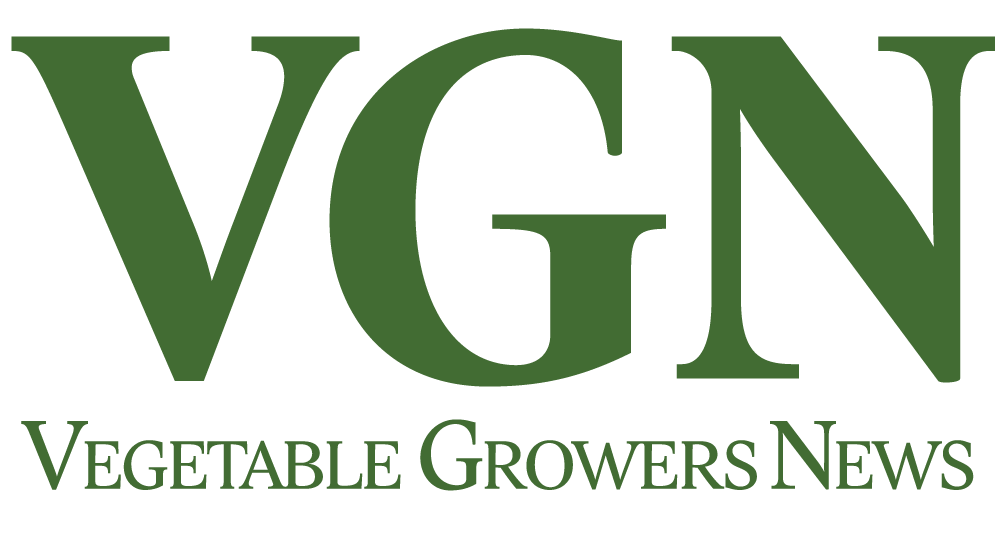Hygienic technology design for fresh-cut produce
Ask the Expert
(Sponsored) Marianne Knorr, Head of Quality and Microbiological laboratory at Sormac

Q. Why is hygiene important in fresh-cut produce processing?
A. Since fresh-cut produce is particularly susceptible to rapid spoilage, continuous improvement in hygienic equipment design remains a key priority. Unlike many other foods, the preparation of fresh fruits and vegetables does not involve a microbial ‘kill step’ such as pasteurization or sterilization. Additionally, some open-field crops, like lettuce, naturally carry high microbiological loads. Moreover, proper hygiene practices help prevent cross-contamination with potentially pathogenic bacteria from raw materials, thereby contributing significantly to overall food safety. Therefore, maintaining a hygienic processing environment is essential to minimize contamination and keep microbial levels as low as possible.
Q. How can machine design play a role in improving hygiene?
A. Hygienic machine design plays a critical role in enhancing food safety in fresh-cut produce processing. It is based on the principle of easy cleanability, which enables effective disinfection and results in microbiologically safe equipment and therefore food safe product. At Sormac, this philosophy is central to every machine, line, or transport belt we design or redesign—whether it’s for peeling, cutting, washing, or drying vegetables and fruit.
A hygienically designed machine minimizes bacterial buildup during production and allows for thorough cleaning and disinfection. This not only helps prevent cross-contamination but also supports the maintenance of optimal shelf life for the final product.
Q. What are the key design elements that make processing equipment easier to clean and maintain?
A. Key design elements focus on the use of hygienic materials and construction methods to minimize the risk of contamination. These include stainless steel and food-safe certified materials, as well as sloped, smooth surfaces—such as sandblasted or passivated finishes—to resist corrosion and microbiological buildup. Crevice-free surfaces with minimal joints, bolts, and welds are also critical in maintaining hygiene.

Machines should be designed for fast and easy access during cleaning, featuring large doors and eliminating hidden or hard-to-reach areas. Open-frame construction prevents the accumulation of standing water and supports proper drainage of wastewater and organic matter. The incorporation of spacers helps avoid plate-on-plate connections, which can otherwise create hidden gaps where microorganisms may accumulate.
At Sormac, these principles are supported by our own extensive microbiological research. For example, we have introduced hygienically designed bolts in our equipment and developed a new hygiene standard for transport belts. Our latest onion peeler, the USM-H1000, has been upgraded to an ultra-hygienic version to meet the highest standards of food safety.
As the fresh-cut produce industry continues to innovate and expand, the role of advanced hygiene technologies will further develop. The future of food safety lies in proactive, technology-driven approaches that prioritize prevention over reaction. Sormac emphasizes that hygienic machine design is not only about ensuring consumer safety — it’s about raising the entire fresh-cut produce industry to new standards of quality.
To learn more about Sormac, visit, www.sormac.com/en-us










